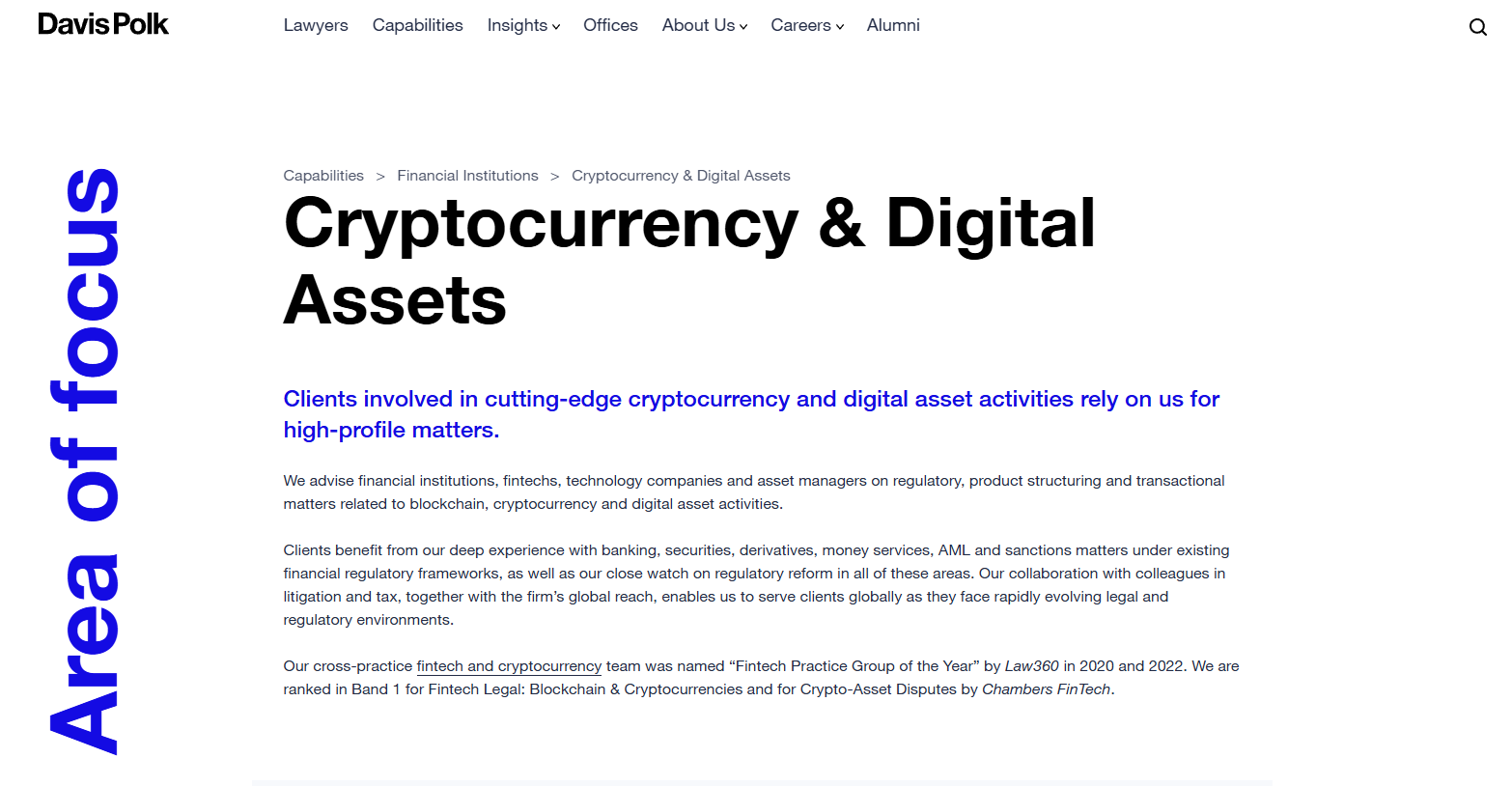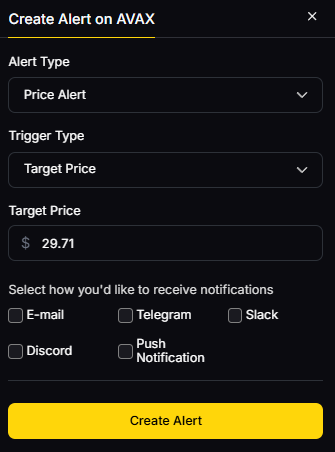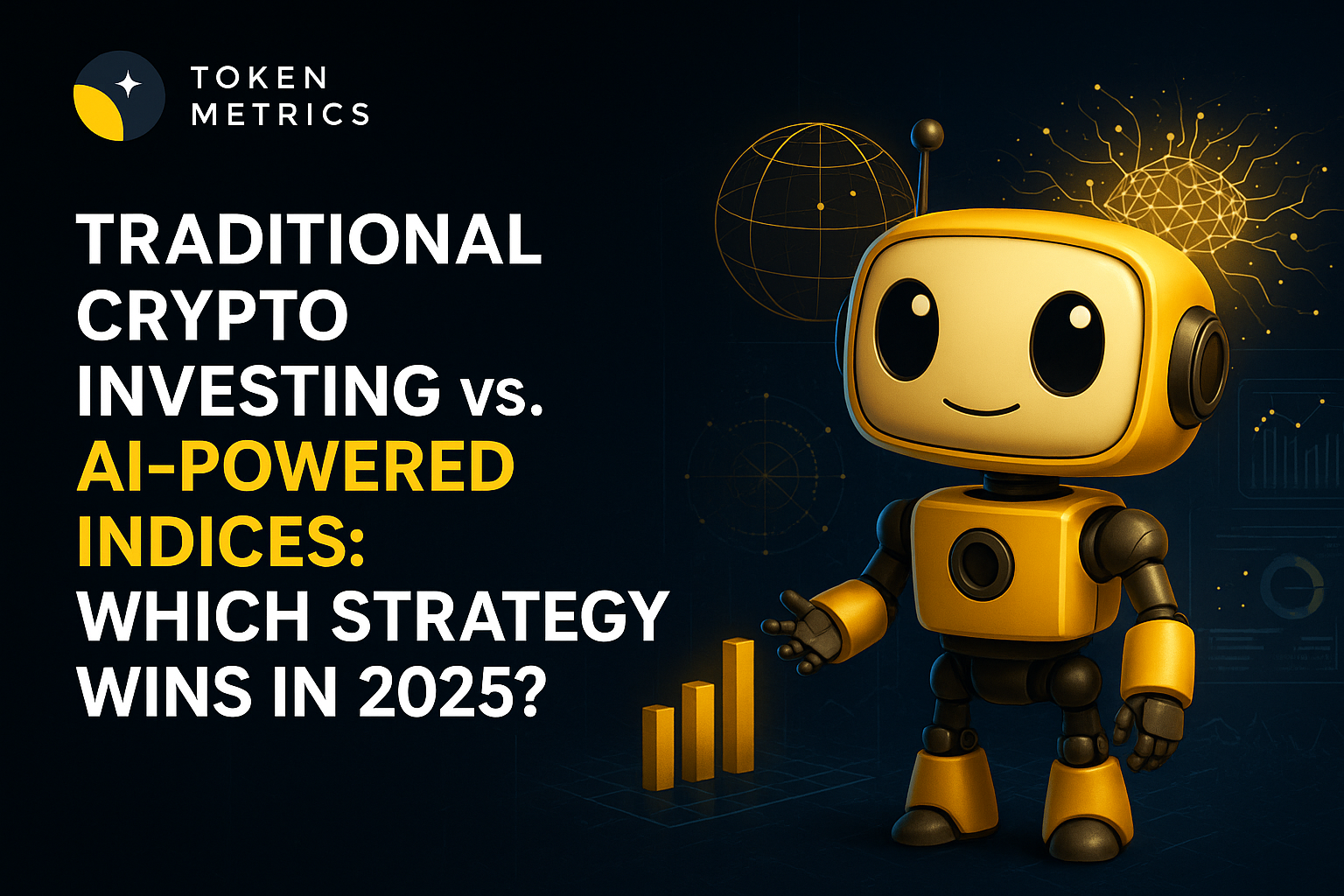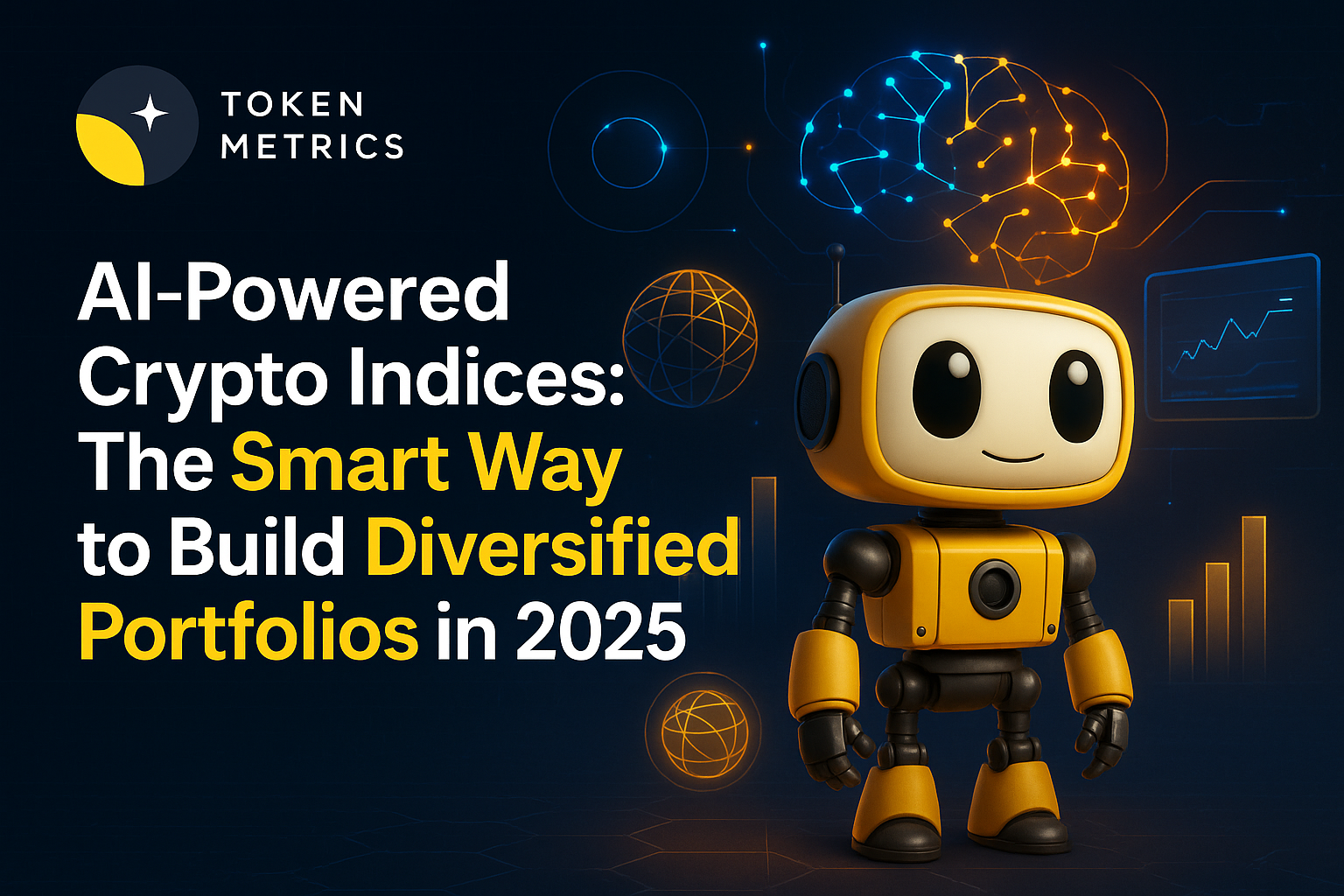
Best Crypto Law Firms (2025)

Why law firms for crypto, blockchain & digital assets matter in September 2025
If you touch tokens, stablecoins, exchanges, DeFi, custody, or tokenized RWAs, your choice of counsel can make or break the roadmap. This guide ranks the best crypto law firms for 2025, with a practical look at who they’re best for, where they operate, and what to consider on fees, scope, and risk. In one line: a crypto law firm is a multidisciplinary legal team that advises on digital asset regulation, transactions, investigations, and disputes.
Macro backdrop: the U.S. regulatory stance is shifting (e.g., an SEC crypto task force and fresh policy signals), while the EU’s MiCA, UK rules, and APAC regimes continue to evolve—raising the stakes for compliant go-to-market and ops. Sidley Austin+1
How We Picked (Methodology & Scoring)
- Scale (mapped from “liquidity,” 30%): depth of bench across regulatory, corporate, enforcement, litigation, restructuring.
- Security posture (25%): track record in compliance, investigations, audits, risk, and controls.
- Coverage (15%): multi-jurisdictional reach (US/EU/APAC), ability to coordinate cross-border matters.
- Costs (15%): transparency on scoping; ability to structure work efficiently for stage and size.
- UX (10%): clarity, speed, practical guidance for founders and institutions.
- Support (5%): responsiveness; client tools (trackers, hubs, resource centers).
Data sources: official firm practice pages, security/regulatory hubs, and disclosures; third-party market datasets used only as cross-checks. Last updated: September 2025.
Top 10 law firms for crypto, blockchain & digital assets in September 2025
1. Latham & Watkins — Best for full-stack, cross-border matters

- Why Use It: Latham’s Digital Assets & Web3 team spans regulatory, transactions, and litigation, with dedicated coverage of exchanges, infrastructure providers, miners, DAOs, and tokenization. Deep financial regulatory and tech bench supports complex, global plays. lw.com+1
- Best For: Global operators; exchanges/market infrastructure; tokenization/RWA; enterprise Web3.
- Notable Features: Global financial regulatory team; DAO/NFT/DeFi expertise; structured products/derivatives; privacy/cybersecurity support. lw.com+2lw.com+2
- Consider If: Premium BigLaw pricing; scope thoroughly.
- Regions: Global
- Fees Notes: Bespoke; request scoping and staged budgets.
- Alternatives: Skadden, A&O Shearman
2. Davis Polk & Wardwell — Best for U.S. regulatory strategy & market structure

- Why Use It: Longstanding financial institutions focus with crypto trading, custody, and product structuring experience; maintains a public Crypto Regulation Hub and frequent client updates. Strong SEC/CFTC/ETP literacy. Davis Polk+2Davis Polk+2
- Best For: Banks/broker-dealers; asset managers/ETPs; trading venues; fintechs.
- Notable Features: Product structuring; payments & market infra; bank/BD/ATS issues; policy tracking. Davis Polk
- Consider If: Focus is primarily U.S.; engage local counsel for APAC.
- Regions: US/EU (with partner firms)
- Fees Notes: Premium; ask about blended rates and caps for regulatory sprints.
- Alternatives: Sidley, WilmerHale
3. Skadden, Arps, Slate, Meagher & Flom LLP — Best for complex deals, enforcement & high-stakes disputes

- Why Use It: Broad digital assets group spanning DeFi, L2s, NFTs, stablecoins, DAOs, and custody—plus capital markets and investigations. Recent materials highlight breadth across technology transactions, privacy, and regulatory. Skadden+1
- Best For: Public companies; unicorns; exchanges; token/NFT platforms.
- Notable Features: SEC/NYDFS engagement; funds formation; tax and privacy guidance; M&A/capital markets. Skadden
- Consider If: Suited to complex or contentious matters; pricing reflects that.
- Regions: Global
- Fees Notes: Matter-based staffing; clarify discovery/enforcement budgets early.
- Alternatives: Latham, Quinn Emanuel
4. Sidley Austin LLP — Best for licensing, payments & U.S.–EU regulatory strategy
- Why Use It: Multidisciplinary fintech/blockchain team with strong money transmission, securities, broker-dealer, and global regulatory capabilities; publishes timely bulletins on fast-moving U.S. policy. Sidley Austin+2Sidley Austin+2
- Best For: Payments/MTLs; trading venues; funds/advisers; tokenization pilots.
- Notable Features: Fund formation; AML program design; cross-border counsel (SEC, CFTC, FINRA; UK/HK/EU). Sidley Austin
- Consider If: Heavier on financial-services lens; ensure web3 product counsel is in scope.
- Regions: US/EU/APAC
- Fees Notes: Ask about fixed-fee licensing packages.
- Alternatives: Davis Polk, Hogan Lovells
5. A&O Shearman — Best for multi-jurisdictional matters across US/UK/EU
- Why Use It: The merged transatlantic firm offers a deep digital assets bench spanning banking, markets, disputes, and restructuring, with active insights on fintech and crypto. A&O Shearman+2A&O Shearman+2
- Best For: Global exchanges and issuers; banks/EMIs; cross-border investigations; MiCA + U.S. buildouts.
- Notable Features: UK/EU licensing; U.S. markets issues; contentious & non-contentious coverage under one roof. A&O Shearman
- Consider If: Validate local counsel for non-core APAC jurisdictions.
- Regions: Global
- Fees Notes: Expect BigLaw rates; request phased milestones.
- Alternatives: Latham, Hogan Lovells
6. Perkins Coie LLP — Best for builders & early-stage web3
- Why Use It: One of the earliest major-firm blockchain groups; counsels across projects, fintech/payments, and enforcement, and maintains public regulatory trackers and timelines. Perkins Coie+1
- Best For: Protocol teams; startups; marketplaces; payments/fintechs.
- Notable Features: SEC/CFTC timelines; global regulatory trackers; AML/sanctions and licensing support. Perkins Coie
- Consider If: For late-stage, compare bench size on multi-jurisdiction disputes.
- Regions: US with global reach
- Fees Notes: Often startup-friendly scoping; confirm billing model.
- Alternatives: Cooley, Wilson Sonsini
7. Kirkland & Ellis LLP — Best for funds, M&A and restructuring overlays
- Why Use It: Market-leading platform for investment funds, M&A, investigations, and restructurings—useful when crypto intersects with bankruptcy, PE, or complex transactions. Global footprint with expanding broker-dealer and exchange experience. Kirkland & Ellis LLP+2Kirkland & Ellis LLP+2
- Best For: Funds/asset managers; distressed situations; strategic M&A; enterprise pivots.
- Notable Features: Government/regulatory investigations; investment funds; global disputes and restructuring. Kirkland & Ellis LLP
- Consider If: No single “crypto hub” page—confirm dedicated team for token issues up front.
- Regions: Global
- Fees Notes: Complex matters = premium; align on discovery scope.
- Alternatives: Skadden, Quinn Emanuel
8. Cooley LLP — Best for venture-backed startups & token launches
- Why Use It: Tech-first firm with robust startup and capital markets DNA; advises on MiCA/FCA regimes in Europe and U.S. compliance for tokenization. Cooley+2Cooley+2
- Best For: Seed-to-growth startups; token/NFT platforms; enterprise pilots.
- Notable Features: Company formation to IPO; MiCA/FCA guidance; policy insights; product counseling. Cooley
- Consider If: For heavy U.S. enforcement, compare with litigation-heavy peers.
- Regions: US/EU
- Fees Notes: Startup-friendly playbooks; discuss fixed-fee packages.
- Alternatives: Perkins Coie, Wilson Sonsini
9. WilmerHale — Best for investigations, enforcement & policy engagement
- Why Use It: Deep securities, futures, and derivatives roots; active “Crypto Currently” news center and webinars reflect policy fluency and regulator-facing experience. WilmerHale+2WilmerHale+2
- Best For: Public companies; trading venues; market infra; sensitive investigations.
- Notable Features: SEC/CFTC enforcement defense; policy monitoring; litigation and appellate support. WilmerHale
- Consider If: Suited to complex/contested matters; ensure day-to-day ops support is included.
- Regions: US/EU
- Fees Notes: Premium; align on incident response budget.
- Alternatives: Davis Polk, Sidley
10. Hogan Lovells — Best for global licensing, sanctions & public policy
- Why Use It: Global digital assets team with dedicated Digital Assets & Blockchain Hub, frequent payments/PSD3/MiCA insights, and public policy depth—useful for cross-border licensing and government engagement. www.hoganlovells.com+2digital-client-solutions.hoganlovells.com+2
- Best For: Global exchanges/EMIs; banks; tokenization programs; policy-heavy strategies.
- Notable Features: Multi-jurisdiction licensing; sanctions/AML; disputes and arbitration; regulatory trackers. digital-client-solutions.hoganlovells.com
- Consider If: BigLaw pricing; clarify deliverables for fast-moving launches.
- Regions: Global
- Fees Notes: Ask about phased licensing workstreams.
- Alternatives: A&O Shearman, Sidley
Decision Guide: Best By Use Case
- Regulated U.S. market structure (venues, ETPs): Davis Polk, WilmerHale
- Global, enterprise-grade multi-workstream: Latham, A&O Shearman
- Complex deals, investigations & disputes: Skadden, Kirkland
- Payments & money transmission licensing: Sidley, Hogan Lovells
- Startup & token launch playbooks: Perkins Coie, Cooley
- Litigation-first backup (if contested): Skadden; consider Quinn Emanuel as an alternative (not listed in Top 10)
How to Choose the Right Law Firm (Checklist)
- Jurisdictions you operate in (US/EU/APAC) and regulators you’ll face.
- Scope: corporate, regulatory, enforcement, litigation, restructuring—do they cover your stack?
- Security & compliance posture: AML/sanctions, custody rules, broker-dealer/adviser obligations.
- Fees: insist on scoping, budgets, and milestones; ask about blended rates or fixed-fee modules.
- Team: named partners + day-to-day associates; response times and communication norms.
- Tooling: client hubs/trackers and policy updates.
- Red flags: vague scope, no cross-border coordination, or “we’ve never done X in Y jurisdiction.”
Use Token Metrics With Any Law Firm
- AI Ratings to screen counterparties and venue risk.

- Narrative Detection to spot flows and policy-driven momentum.
- Portfolio Optimization to balance risk around regulatory events.
- Alerts/Signals to time entries/exits when legal catalysts hit.
Workflow: Research → Select → Execute with your firm → Monitor with alerts.

Primary CTA: Start free trial

Security & Compliance Tips
- Enforce strong 2FA and role-based access on exchange/broker accounts counsel touches.
- Set custody architecture and segregation early (on/off-exchange, MPC/HSM, signers).
- Complete KYC/AML and travel rule readiness; map licensure (e.g., MTL, MiCA).
- Use written RFQs/SOWs; document advice paths for auditability.
- Maintain wallet hygiene: least-privilege, whitelists, and incident playbooks.
This article is for research/education, not financial advice.
Beginner Mistakes to Avoid
- Hiring “general corporate” counsel for a regulatory problem.
- Under-scoping licensing (e.g., money transmission, broker-dealer, MiCA).
- Treating enforcement as PR—engage litigation/ex-government experience early.
- Launching tokens without jurisdictional analysis and disclosures.
- No budget guardrails: failing to phase work or set milestones.
FAQs
What does a crypto law firm actually do?
They advise on token and product structuring, licensing (e.g., money transmission, MiCA), securities/commodities issues, AML/sanctions, and handle investigations, litigation, deals, and restructurings. Many also publish policy trackers and hubs to keep clients current. Davis Polk+2Perkins Coie+2
How much do top crypto law firms cost?
Rates vary by market and complexity. Expect premium pricing for multi-jurisdictional or contested matters. Ask for detailed scopes, blended rates, and fixed-fee modules for licensing or audits.
Do I need a U.S. firm if I’m launching in the EU under MiCA?
Often yes—especially if you have U.S. users, listings, or investors. Use an EU lead for MiCA, coordinated with U.S. counsel for extraterritorial touchpoints and future expansion. Cooley
Which firms are strongest for enforcement risk?
WilmerHale, Davis Polk, Skadden, and Sidley bring deep SEC/CFTC literacy and investigations experience; assess fit by recent publications and team bios. Sidley Austin+3WilmerHale+3Davis Polk+3
Can these firms help with tokenization and RWAs?
Yes. Look for demonstrated work on structured products/derivatives, custody, and financial-market infrastructure, plus privacy/cyber overlays. lw.com
Conclusion + Related Reads
For U.S. market structure or sensitive investigations, Davis Polk and WilmerHale are hard to beat. For global, multi-workstream matters, start with Latham or A&O Shearman. Builders and venture-backed teams often pair Perkins Coie or Cooley with a litigation-ready option like Skadden. Whatever you choose, scope tightly, budget in phases, and align counsel with your roadmap.
Related Reads:
- Best Cryptocurrency Exchanges 2025
- Top Derivatives Platforms 2025
- Top Institutional Custody Providers 2025
Sources & Update Notes
We reviewed official digital-asset/fintech practice pages, firm resource hubs, and recent official insights; no third-party sites were linked in-body. Updated September 2025 for U.S. policy changes and EU MiCA implementation status.
- Latham & Watkins — “Digital Assets & Web3 Lawyers”; “Financial Regulatory.” lw.com+1
- Davis Polk — “Cryptocurrency & Digital Assets”; “Crypto Regulation Hub.” Davis Polk+1
- Skadden — “Blockchain and Digital Assets” (site + brochure). Skadden+1
- Sidley Austin — “Fintech”; “Blockchain” capabilities; recent Blockchain Bulletin. Sidley Austin+2Sidley Austin+2
- A&O Shearman — “Digital assets lawyers”; “A&O Shearman on fintech and digital assets”; digital assets brochure. A&O Shearman+2A&O Shearman+2
- Perkins Coie — “Blockchain & Digital Assets” + regulatory trackers. Perkins Coie+1
- Kirkland & Ellis — “Financial Technology (FinTech)” + firm capabilities and news. Kirkland & Ellis LLP+2Kirkland & Ellis LLP+2
- Cooley — “Blockchain Technology & Tokenization”; EU MiCA insights. Cooley+1
- WilmerHale — “Blockchain and Cryptocurrency”; Crypto Currently resources. WilmerHale+1
Hogan Lovells — “Digital Assets and Blockchain”; Digital Assets & Blockchain Hub; Payments newsletter. www.hoganlovells.com+2digital-client-solutions.hoganlovells.com+2

.svg)

Create Your Free Token Metrics Account

.png)




%201.svg)
%201.svg)


%201.svg)









.svg)




.png)